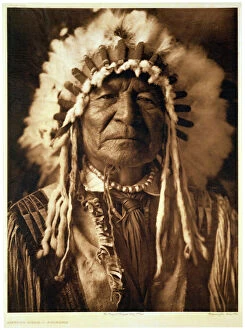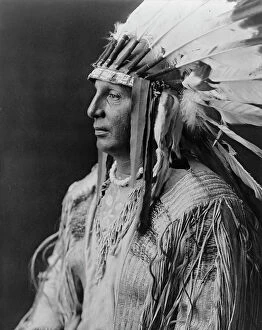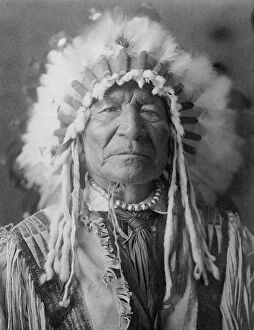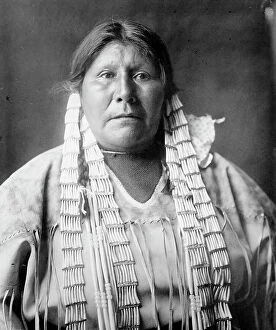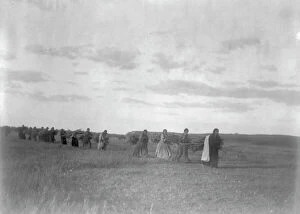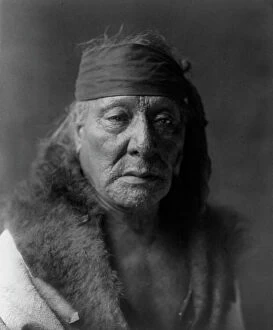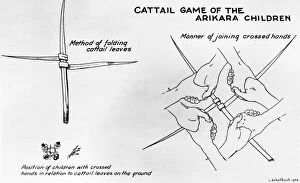Arikara Collection
The Arikara people, also known as the Sahnish, have a rich and vibrant history that is beautifully captured in these captivating photographs
All Professionally Made to Order for Quick Shipping
The Arikara people, also known as the Sahnish, have a rich and vibrant history that is beautifully captured in these captivating photographs. In "Sitting Bear - Arikara, " taken in 1908 by John Andrew & Son, we see the dignified presence of an Arikara chief. His regal stature and wise gaze reflect the strength and resilience of his tribe. Edward Sheriff Curtis's photograph titled "Arikara Medicine Ceremony - Dance of the Fraternity" transports us to a sacred moment in Arikara culture. The intricate dance movements and colorful attire showcase their deep connection to spirituality and community. In another Curtis masterpiece, "Arikara Girl, " taken in 1908, we are introduced to a young girl who embodies both innocence and strength. Her traditional clothing adorned with beautiful beadwork speaks volumes about her cultural heritage. Curtis's lens takes us further into the heart traditions with "Arikara Medicine Ceremony - The Ducks. " This image captures a powerful ritual where participants honor nature through dance and song. It serves as a reminder of their profound respect for the natural world. Moving back in time, George Catlin's painting "Mandan Attacking a Party of Arikara" depicts an intense battle scene from 1832-1833. It reminds us that alongside moments of celebration and ceremony, there were also times when tribes had to defend themselves against external threats. Catlin's work continues with "Foot War Party in Council, Mandan" from 1835-1837. This painting offers insight into intertribal diplomacy during challenging times—a testament to their ability to come together for mutual benefit despite historical conflicts. George Catlin's portraits like "Riccarree Chief and His Wife" from 1861/1869 capture intimate glimpses into individual lives within the broader Arikara society. These images humanize Native Americans by showcasing their unique personalities, relationships, and cultural expressions.

